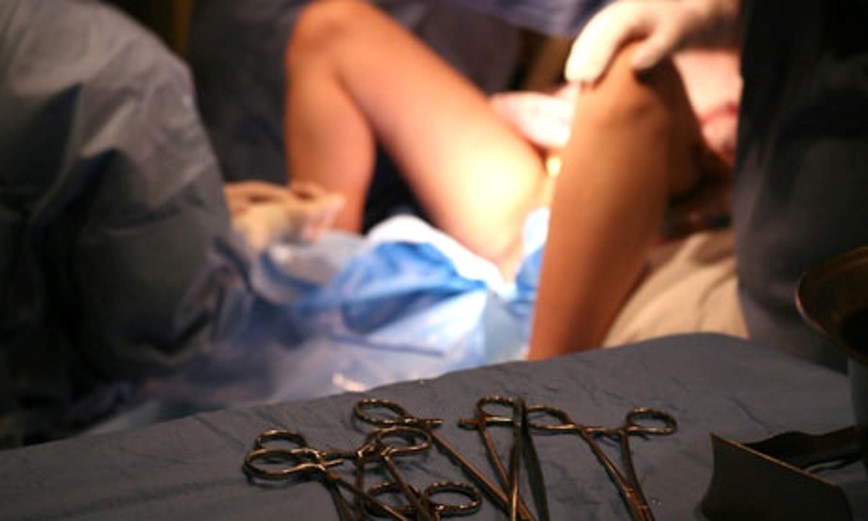A women's health journey can certainly be complex and taking care of your health should be a priority. It should however also be an enjoyable one. Through expert guidance and compassionate care, we strive to find that perfect balance to make your journey as easy and stress-free as possible. .
It is recommended that all expectant mothers schedule their first dating scan at 11 to 13 weeks of their pregnancy. However, the timing of your first scan will also depend on how your pregnancy is going, and you may require an early scan at between six weeks and 10 weeks if you have experienced bleeding, pain, or problems in a previous pregnancy. You may also require an early scan if you've had a previous miscarriage. However, if all is going well during your current pregnancy, you may not require an early scan.
Dating scans are the most accurate way of predicting your due date. The whole point of the scan is to work out how many weeks pregnant you are.
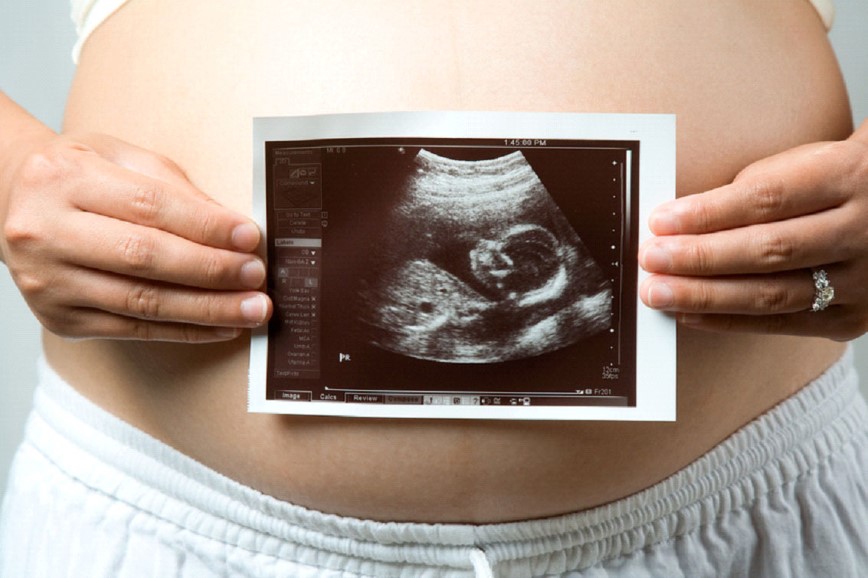
Antenatal care is the clinical assessment of mother and foetus during pregnancy, for the purpose of obtaining the best possible outcome for the mother and child. To achieve this objective, history and examination are complemented by screening and assessment using a combination of methods, including biochemical, haematological and ultrasound. Efforts are made to maintain maternal physical and mental wellbeing, prevent preterm delivery, to anticipate difficulties and complications at delivery, ensure the birth of a live health infant, and to assist the couple in preparation for parenting.
Antenatal care traditionally involves a number of ‘routine’ visits for assessment, to a variety of healthcare professionals, on a regular basis throughout the pregnancy. This approach to antenatal care evolved as an art in an era that preceded the current, evidence-based approach to medicine.

Genetic material in our body’s cells is packaged up into bundles called chromosomes. People with Down’s syndrome have an extra chromosome, and this affects every part of the body. Down's syndrome happens at conception, when the genetic bundles from the egg and the sperm fuse.
Down's syndrome results in learning difficulties, which can be mild to severe. It is also associated with a range of serious health problems. Despite the challenges, though, many people with this condition lead rich and fulfilling lives.
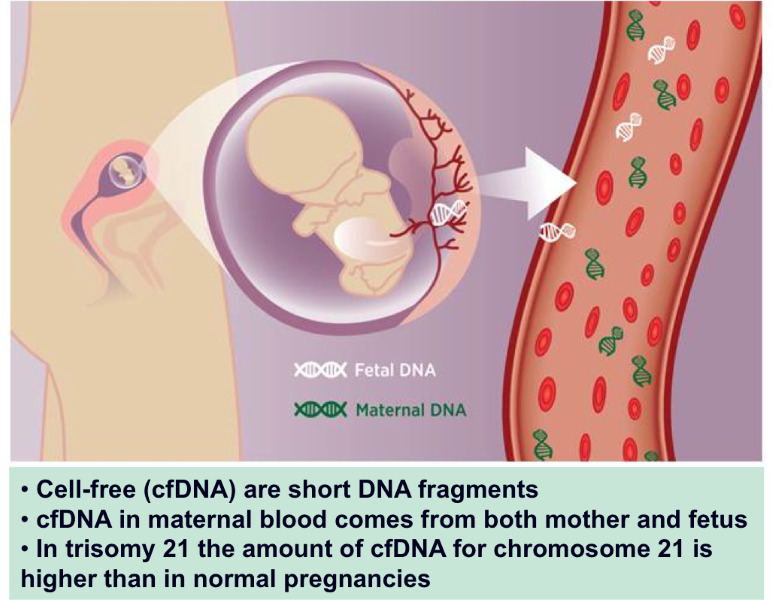
An anomaly scan takes a close look at your baby and your uterus (womb). The person carrying out the scan (sonographer) will check that your baby is developing normally, and she’ll look at where the placenta is lying in your uterus.
You will be offered the scan, also called a mid-pregnancy ultrasound scan, when you are between 18 weeks and 20 weeks plus six days pregnant. Seeing your baby on a screen can be a really exciting event. You can also take your partner, friend or family member along to share the experience with you.
The main purpose of the scan is to check that your baby is developing normally, rather than whether you're expecting a boy or girl. However, you may want to know your baby's gender, or ask for a photo of your scan.

The 4D scan will assess the growth and well-being of baby, including an estimated fetal weight if the scan is performed after 24 weeks. The more detailed package, 4D Wellbeing, will also check baby’s blood flow in the umbilical artery and uterine arteries to make sure that your baby is receiving the correct amount of nourishment to grow and the placenta is functioning as it should.
Ideal visualisation of your baby means that most 4D bonding scans are performed between 24 to 32 weeks. We can still perform 4D scans outside this range and in most cases we will obtain good images. We are also happy to perform the 4D Anytime and 4D Gender from as early as 16 weeks as some women want to have a 4D picture record of their baby early in its life and want to know the baby’s sex / gender. Please note that early 4D scans are a peek at baby rather than a dedicated 4D bonding session.
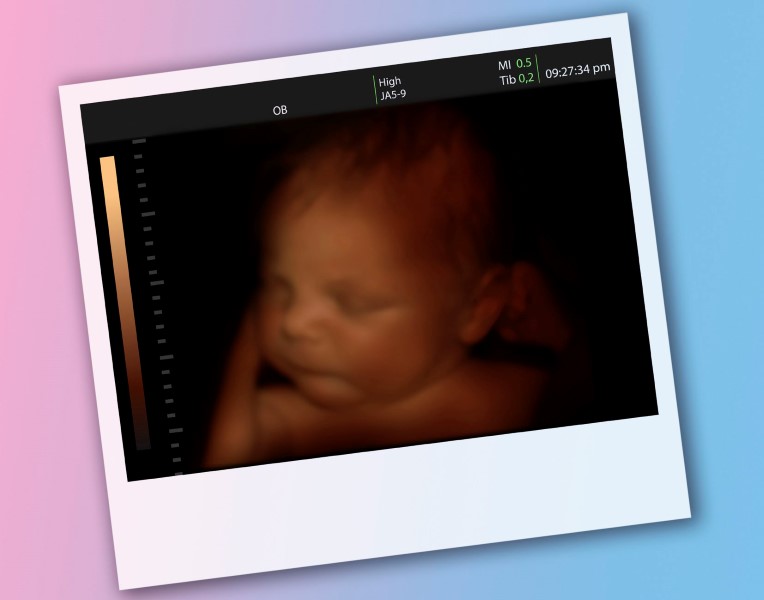
A growth scan in your third trimester helps to check how well your baby is growing. If the measurements are all within normal limits, your baby is likely to be just fine. If your baby is either larger or smaller than expected, your doctor may advise that you have a second scan two weeks later because babies grow at uneven rates. Serial scans can track your baby's growth, so are more useful than a single scan. Piecing together information from the scan can give a picture of how your baby is doing.
If your baby has an average head size, but a big tummy (a large AC), he may just be getting a good food supply from the placenta. If you have diabetes in pregnancy (gestational diabetes), you may have a big baby (macrosomia). This happens when the mum's blood sugar levels have risen too high. This can make your baby measure larger than expected for all parameters.
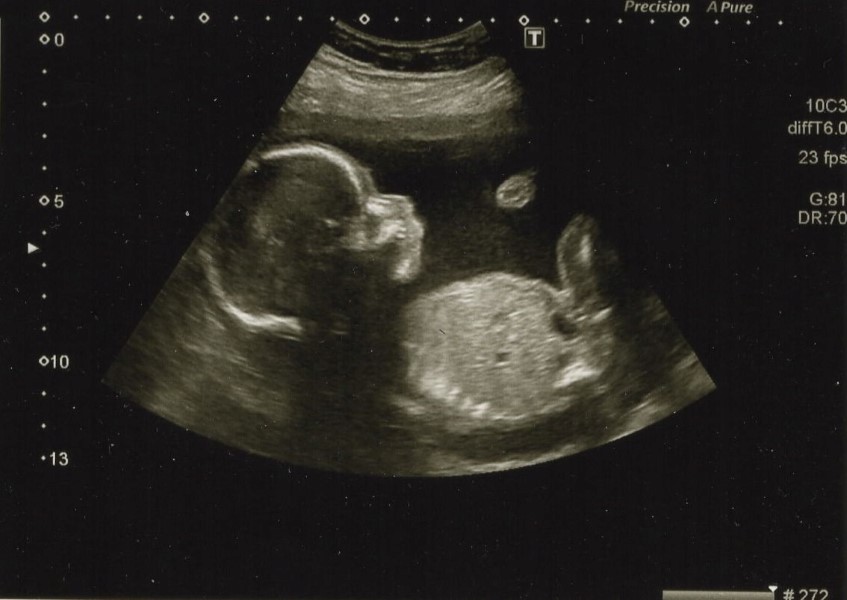
You'll have a number of antenatal appointments during your pregnancy, and you'll see an obstetrician who will check the health of you and your baby, give you useful information – for example, about a healthy pregnancy diet or antenatal screening – and answer any questions.
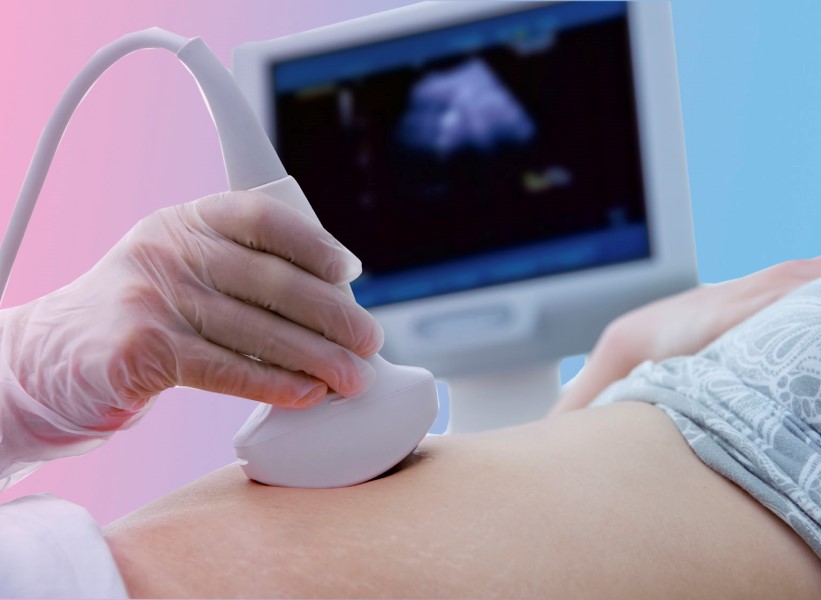
Key decisions surrounding labour and delivery should be made well in advance during the antenatal period. It is important to realize that labour and delivery is usually a team effort. You play the main role, with collective supervision between midwives and obstetricians. Neither must be deemed to have a lesser role. Labour and delivery are natural processes, and for the vast majority, spontaneous delivery is the norm.
All that is required is due monitoring to detect any deviation from normality, and act accordingly. Both midwives and obstetricians are trained in conducting normal vaginal deliveries. None of them can claim superiority in normal delivery skills. But some studies show an advantageous edge with midwives compared to obstetricians as far as normal delivery is concerned.
